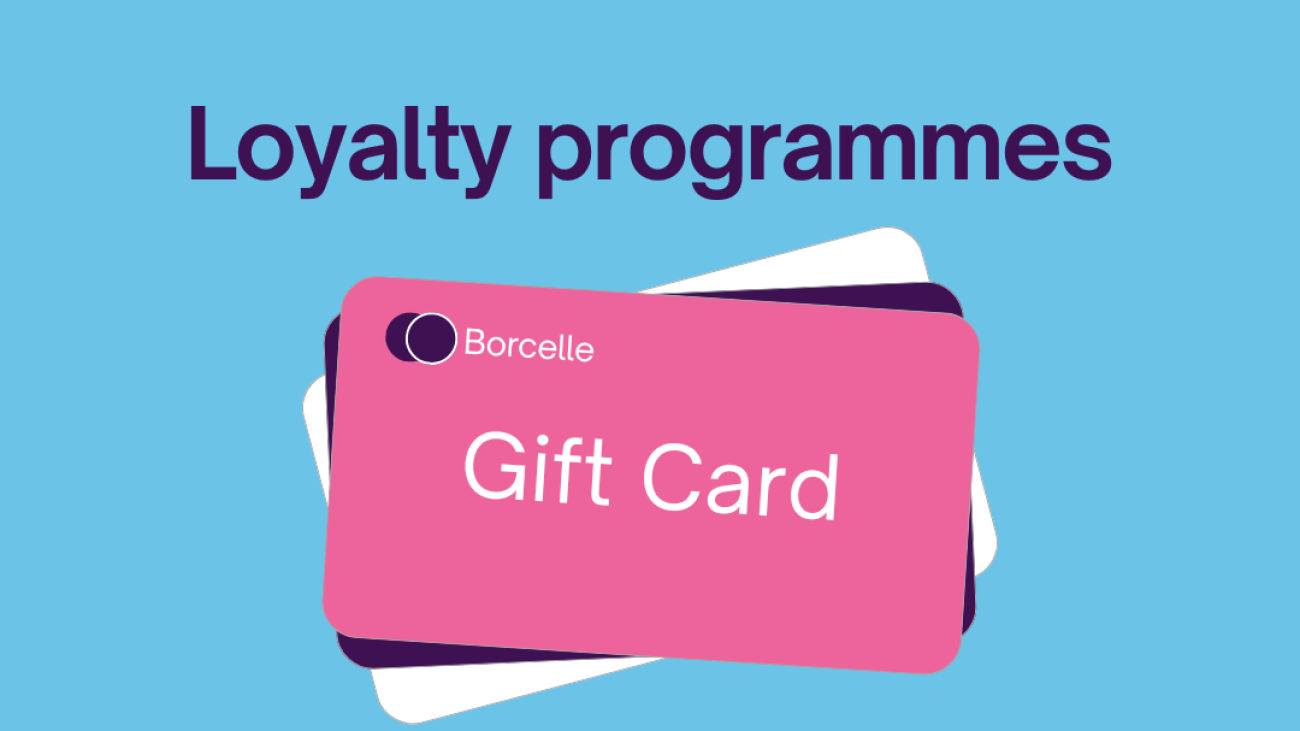Many CEOs find marketing spend isn’t translating into results. From scattergun campaigns to missing strategy, ROI often falls flat. This blog explores why that happens and how outsourcing a marketing consultant can help you build structure, clarity and long-term growth.
Simple Social media tips for small businesses
Welcome to Orchid’s first blog! Ready to take your social media game from meh to marvellous? Look no further! Here at Orchid Strategy, we believe social media is the heartbeat of any thriving business. So, put on your virtual creativity cap, and let’s explore some tips that will enhance your social media presence and make it bloom!
1.Plan Your Content:
Just like a well-crafted strategy, your social media plan needs structure. Take time to outline your content calendar. What’s your theme? What are your goals? Planning ahead ensures that you’re never scrambling for content and helps maintain a consistent brand voice.
2. Create Engaging Content:
Boring content won’t cut it. Add some pizzazz to your posts! Whether it’s eye-catching visuals, witty captions, or engaging polls, ensure your content is a vibrant, must-stop-and-stare experience for your audience.
3.Schedule Your Posts:
Consistency is key, and scheduling your posts ensures a steady flow of content. Use scheduling tools to plan your posts in advance, so you can focus on nurturing your audience instead of constantly managing your content.
4. Engage with Your Audience:
Social media is a two-way street! Respond to comments, ask questions, and show your audience some love. Building a community around your brand is like having a thriving network – everyone contributes to the vibrant atmosphere.
5. Mastering the Art of Hashtags:
Hashtags are the secret sauce to expanding your reach. But don’t go overboard – keep it relevant and trendy. It’s like finding the perfect rhythm for your social media strategy; it helps your content grow and thrive in the digital landscape.
Consistency is the Common Thread:
Consistency is the golden thread that ties everything together. Just like a well-crafted symphony, a consistent social media presence builds brand recognition and loyalty.
The Grand Finale: Video Content:
Now, drumroll, please! The pièce de résistance – video content. People connect with people, and video lets your audience see the faces behind the brand. Whether it’s behind-the-scenes clips, product showcases, or goofy team moments, video adds a personal touch that resonates with your audience.
Also, a lot of people ask how often should I post? Well, it does depend on your business offerings and what your social media strategy is. Orchid would suggest posting 3 times a week to ensure your at the forefront of your potential customers. Remember with all the social algorithms, not everyone who follows you will see every single post.
That’s it, folks! Orchid Strategy’s guide to social media success. Plan your content, make it engaging, schedule with finesse, engage with your community, hashtag strategically, and embrace the power of video. Your social media presence is ready to flourish, and Orchid Strategy is here to help you make it happen! Happy blooming!
Orchid Strategy – Helping SMEs Thrive with Strategic Marketing!
Elevate Your Marketing Game: A Comprehensive Strategy for Success
In today’s fiercely competitive business landscape, having a well-crafted marketing strategy is paramount to achieving sustainable growth and outpacing your rivals. At Orchid Strategy, we understand the critical role that strategic marketing plays in helping businesses towards their goals. That’s why I’ve developed a comprehensive approach to help you elevate your marketing game and unlock your full potential.
My marketing strategy process is designed to be collaborative, tailored, and results-driven. Here’s what I suggest:
1. Marketing Health check
I begin by conducting a thorough marketing health check, meticulously analysing your current campaigns, social media presence, website performance, and overall marketing efforts. This deep dive allows me to identify what’s working well, pinpoint areas for improvement, and gain valuable insights into your competitors’ strategies.
2. Collaborative workshop: Understanding your business
Understanding your business is the foundation upon which I build your marketing strategy. Through collaborative workshops, I will immerse myself into your business landscape, growth plans, and target audience. I’ll explore your goals, ambitions, existing customer base, and the unique challenges you face in your industry. This in-depth understanding ensures that the strategy we formulate is perfectly aligned with your business objectives.
3. Personalised marketing strategy
Armed with insights from the marketing health check and collaborative workshops, I will craft a personalised marketing strategy tailored to your specific needs. This comprehensive plan will serve as your roadmap to success, complete with clearly defined objectives, specific targets, and a measurable framework designed to drive sustainable growth.
4. 12-Month implementation plan
Execution is the key to achieving results, and that’s why I’ll translate your strategy into a detailed 12-month implementation plan. This plan will break down tasks, timelines, and responsibilities, ensuring focus, accountability, and efficient budget allocation. I’ll work closely with you to ensure that every aspect of the plan aligns with your business goals and marketing objectives.
5. Measurement and continuous improvement
At Orchid Strategy, I believe in the power of data-driven decision-making. I’ll continuously monitor your marketing campaigns against predefined targets, making real-time adjustments as needed. Regular reviews, whether quarterly or monthly, will ensure that we stay agile and responsive to market dynamics, enabling us to optimise your strategy for maximum impact.
By partnering with Orchid Strategy, you’ll benefit from our extensive marketing expertise, proven methodologies, and unwavering commitment to your success. I’ll be with you every step of the way, from strategy formulation to execution and measurement, ensuring that your marketing efforts deliver tangible results and drive sustainable growth for your business.
Take the first step towards elevating your marketing game. Contact us today to schedule a free appointment and unlock the full potential of strategic marketing.
The Hidden Benefits of Social Media Posting: Beyond Sales and Engagement
Social media often gets pigeonholed as a tool for driving sales and boosting engagement, but there’s a lot more to it than meets the eye. For small businesses with limited time and resources, it might seem like a lot of effort with not much payoff. But there are some hidden perks to posting regularly on social media that can really help your business grow over time. Let’s dig into three of these lesser-known benefits that make social media worth your while. And, yes, there’s more to it than just counting those ‘likes’.
Building Brand Awareness and Recognition
Getting your brand out there is key, but it can be tough when you’re working with a tight budget. That’s where social media comes in—it’s like having a billboard that doesn’t charge you every time someone drives by. Every post, like, and comment helps make your business a bit more visible to potential customers. Over time, consistent posting makes your brand more recognisable, so when people need what you offer, they remember you.
Think of social media as that friendly neighbour who waves every time you pass by. Even if your audience doesn’t engage right away, seeing your content regularly keeps your business in their minds. By posting valuable content consistently, you’re making sure that when they’re ready to buy, your business is the first one they think of.
2. Creating a Community Around Your Brand
One of the best, and often overlooked, perks of social media is its ability to help you build a community around your brand. It’s not just about pushing out posts; it’s about starting conversations. By engaging with your followers—responding to comments, liking their posts, and answering their questions—you can build a loyal group of customers who feel connected to your brand. And let’s be honest, having a bunch of people who are genuinely excited about what you do is pretty awesome.
This community can lead to stronger customer loyalty and, even better, word-of-mouth referrals. A tight-knit community also gives you a direct line to what your customers want, need, and love. Plus, when your community starts sharing your content with their networks, your reach grows even more—without you lifting a finger.
3. Gaining Insights and Feedback to Improve Your Business
Social media isn’t just for sharing your latest product or a funny meme (though both are great!). It’s also a fantastic way to gather feedback and insights from your customers. Every post you share and every interaction you have can tell you a lot about what your audience likes, what they’re interested in, and what they’re not so keen on.
This constant stream of feedback helps you tweak your products, services, and marketing strategies on the fly. If you notice a certain type of post gets more engagement, it’s a clue that your audience is into that kind of content. On the flip side, if you see a pattern of questions or concerns popping up, it’s a chance to address them and improve customer satisfaction. Who knew that posting on social media could also double as a quick and easy market research tool?
In Conclusion
Sure, sales and engagement are important, but the hidden benefits of social media—like building brand awareness, creating a community, and gathering valuable insights—are just as crucial for small businesses. These perks help you strengthen your brand, deepen your relationships with customers, and stay nimble in a competitive market. So, even if social media sometimes feels like a bit of a chore, remember that it’s a chore with some seriously worthwhile payoffs down the road.






